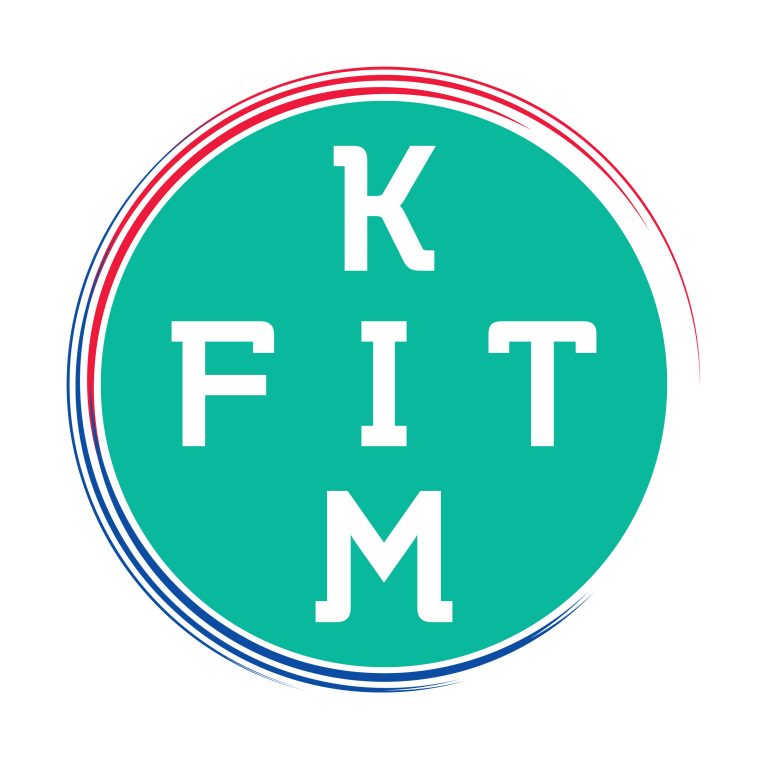Training can seem pretty complicated can’t it? Here at KimFit I like to empower, energise and educate clients as well as simplify health and fitness.
So read on to better understand some of the core principles of training that I employ with all my clients.
- Specificity – this just means train in a way that gets you closer to your goals. For example if you want to run a marathon the majority of your time training should be focussed towards improvements in endurance and running. Of course if your goal is to simply improve your fitness then there are a lot of ways to achieve this. But you must be specific in that whatever training you do stresses your system.
- Progression – this is when you move on the training from where you started in an appropriate manner. So maybe in your first week of training you are not able to do a push up; you’d gradually work towards this in the coming weeks using small progressions of the exercise and other supplementary work.
- Overload – sort of like ‘go hard or go home’. Change can only occur if you stress the body appropriately. This means working hard and then harder again when you adapt. Doing the same session for weeks on end means that you lose the stimulus needed to initiate change in the body.
- Reversibility – this one sucks. It means that you’ll lose whatever #gains you’ve made pretty quickly if you stop training that way. Boo. But it can be a good motivator! Basically this principle can be avoided with consistency and dedication to a programme.
- Tedium – this one means you can have fun with training! It’s a rule! By keeping training interesting and varied you’ll boost the overload principle and avoid reversibility. So be creative, don’t be afraid to exercise or train in a way you enjoy. If you’re doing something you hate your effort will be lower and you’re more likely to try and get out of it. Be kind and pick something you enjoy; your motivation will be tons better!
Bonus point! Can anyone tell me the handy acronym that helps you remember the principles of training? (Very GCSE I know!).
So how do you put these principles into action? Well, I’ve got another acronym for you (I didn’t make these up by the way) – FITT.
- Frequency – how often you train?
- Intensity – how hard do you train?
- Time – how long do you train?
- Type – how do you train?
Then there’s one more. Recovery. A well planned programme will include adequate recovery but it’s also important to bear in mind other stressors. Work, family, friends can all contribute to stress and you need to take this into account when you’re training. More is not always better. You risk illness or injury if you train when you should rest. It’s a hard call to make, but sometimes it’s just not worth it. Also, eating to fuel is key!!!!
Personal training starts with questions to the client. What do you like? What do you currently do? How much time is available? How many days a week are you able to train etc etc. Then of course, what is your end goal and why.
With this information and more I can put together a programme of exercise that ticks all the boxes and fits your lifestyle. Knowing what you enjoy and what you don’t means sessions are tailored to your needs; you don’t need to dread a workout. I’ll control your progression and make sure you’re working hard enough. You just have to turn up so that pesky reversibility doesn’t strike!
I hope this short post goes some way to deciphering what I do. If you’re interested, as always please get in touch using my website or Facebook. For daily content follow me on Twitter and Instagram, don’t forget to say Hi!



